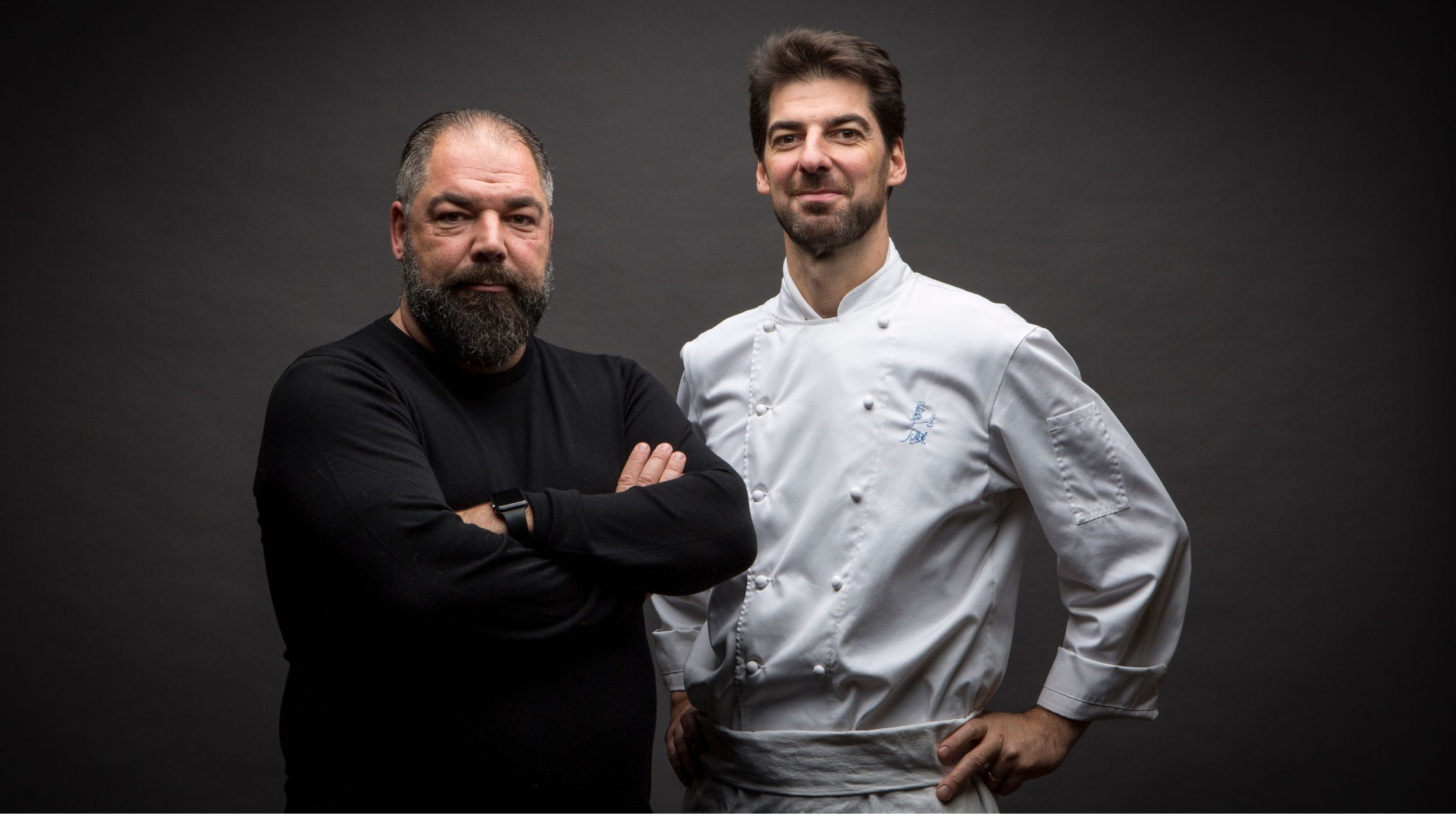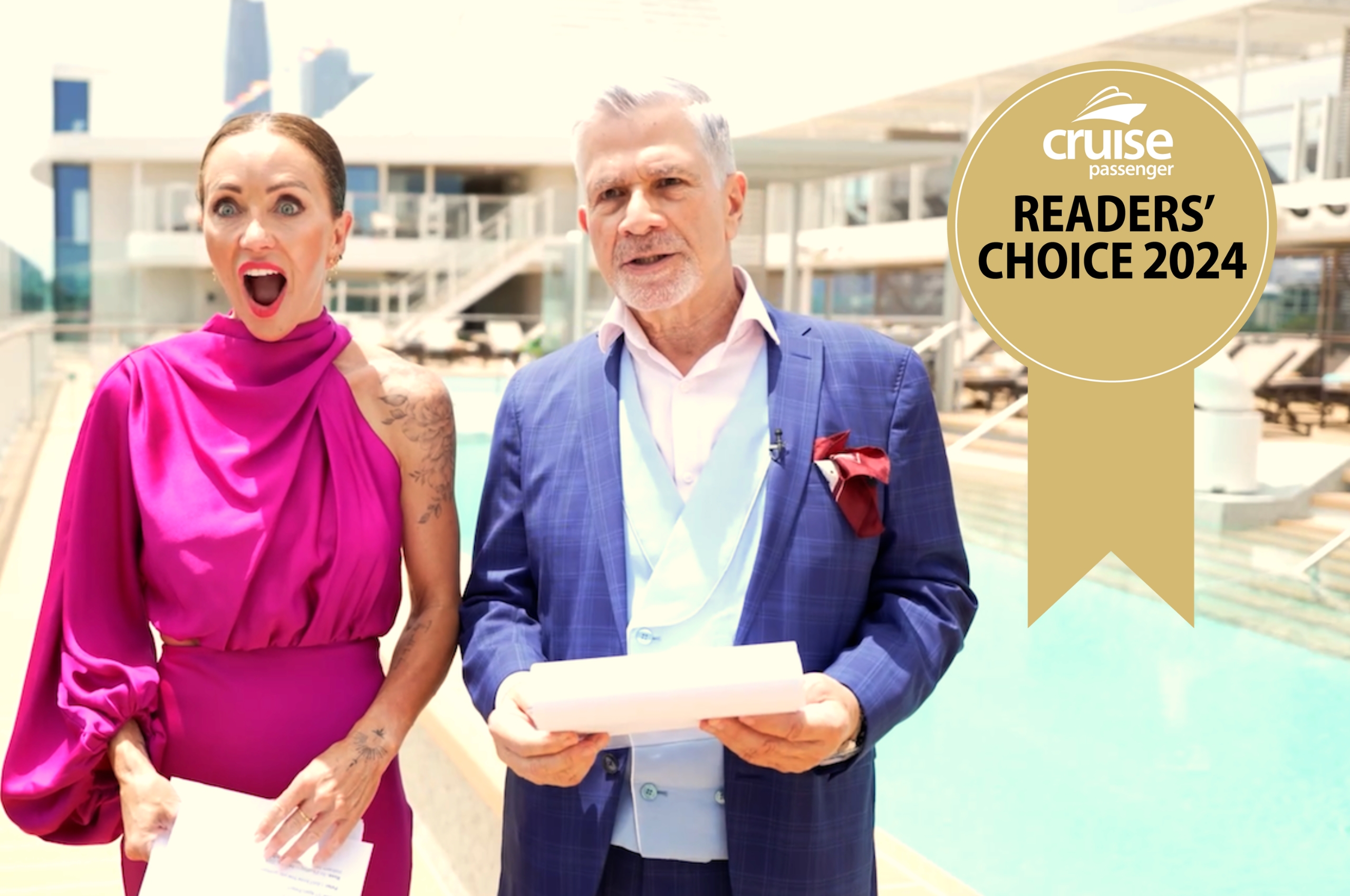The Venetian government announced it plans to reroute ships away from the historic city centre, after a number of incidents which have enraged locals.
The MSC Opera in June, collided with a Uniworld river ship, and ploughed into the quayside of the Giudecca Canal which is one of the major thoroughfares which leads into St Mark’s Square. The incident resulted in five people injured as they fled from the collision.
Later that month, another cruise ship narrowly missed hitting a quayside restaurant during a massive storm.
The two incidents were the last straw for the Italian city, which has been protesting about the presence of large cruise ships for years.
Daniele Toninelli, minister for transport said this week that cruise ships would gradually be diverted away from the existing route. He said they would be looking for a number of temporary ports “to avoid witnessing more invasions of the Giudecca by these floating palaces, with the scandals and risks that they bring”.
Starting from next month until the end of the year, Mr Toninelli said that the cruise ships would dock at Fusina and Lombardia terminals, which are a distance away from the centre of the Venice, but are still inside the city’s lagoon.
In the longer term, Mr Toninelli said new berths will be found for the cruise industry and some of the venues that are under consideration include Chioggia, which is at the mouth of the lagoon, and Lido San Nicolo, a ferry terminal on the Adriatic Sea.
But there appears to be some confusion as Cruise Lines International Association said that Mr Toninelli has only created a working group to explore the options of different ports. CLIA reinforced that no decision has been made.
“The cruise industry has worked diligently with the Minister, the Mayor of Venice, the Veneto Region, the Port Authority and many other stakeholders to find viable solutions to allow larger cruise ships to access the Marittima berths without transiting the Giudecca Canal,” said Tom Boardley, Secretary-General of Cruise Lines International Association Europe.
There are also internal struggles between the Italian politicians – Venice’s populist mayor, Luigi Brugnaro dismissed Mr Toninelli’s suggestions and favours the port of Marghera, a nearby port across the causeway on the mainland, which was rejected by the transport minister because of the oil tankers moored there.
Protests have raged between the locals and the cruise industry since the mid-2000s, and Venice earlier this week, called on some of the busiest cruise ports in Europe including Barcelona, Amsterdam, Marseille, Dubrovnik, Hamburg, Palma de Mallorca as well as Malaga to look at ways of curbing the problem of large ships affecting cities, infrastructure and the local communities.
Pino Musolino, the chairman of the North Adriatic Sea Port Authority, appealed to the eight cities to “join forces” in demanding cruise companies make their ships “compatible with our structure and the environment”.
“The cruise sector has been, and still is, a great source of income and a provider of jobs and innovations in our ports and our cities,” he wrote in a letter.
“However, the growing size of vessels, their environmental impact on the areas surrounding the ports and the ‘burden’ that the increasing number of tourists are representing on the cities that are hosting our ports are creating a situation of conflict … the recent situation in Venice has demonstrated that the risk of creating real and unrecoverable damage is ever present.”









